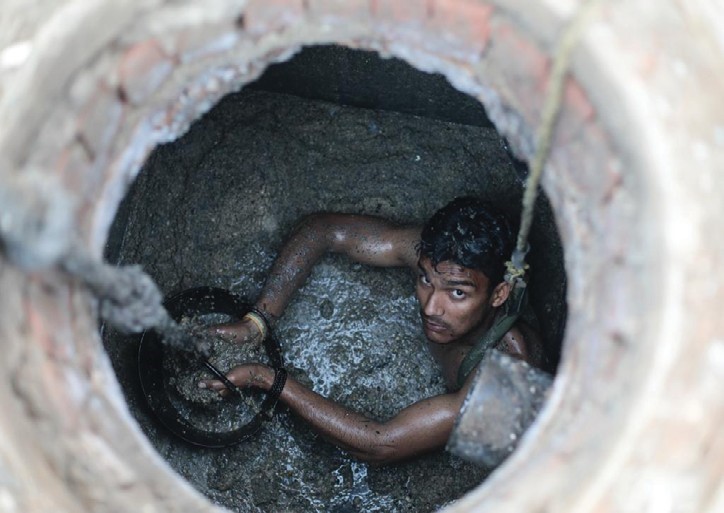
Every ruling government launches welfare schemes for the poor, needy and underprivileged. But how successful are they in reality? Are the allocated funds used properly? Is there a proper system to check the implementation of these grandiose schemes?
The Government periodically makes claims on its commitment to various welfare programmes. But many schemes and their implementation run into criticism. With statistics often quoted in support of claims and criticisms, people are only left confused.
Pradhan Mantri Matru Vandana Yojana
Pradhan Mantri Matru Vandana Yojana (PMMVY) is a leading welfare scheme relating to maternity benefits and nutrition support. The Centre claims it has been spending an average ₹ 2000 crore annually on the scheme. These claims alongside a picture of a beaming face of a young mother from a poor family gives a “feel good” impression. Critics, however paint a different picture.
They believe the scheme is the result of a provision in the National Food Security Act passed during the last days of the UPA government which commits the government to provide a sum of ₹ 6000 to all pregnant and lactating women, which will approximately cost the government exchequer ₹14,000 crore per year. The NDA government arbitrarily made changes in the legal provision to cover only the first-born child under this scheme (ignoring the earlier legal commitment to cover all child-births) and to reduce the payment made to a mother to ₹ 5000. The procedure of obtaining the benefit is cumbersome. Many qualifying mothers may not be able to avail. Hence critics claim that only ₹ 2000 crore has been spent annually instead of the committed ₹ 14,000 crore. Therefore, in reality, over a period of seven years, deserving mothers were deprived of ₹ 84,000 crore, say critics, keeping in view the original legal provision of the scheme. Moreover, despite inflation the amount of ₹ 5000 has not been increased.
The Nirbhaya Fund
This is another important scheme for ensuring safety and security of women that has invited criticism. The government claims to have allocated ₹ 6213 crore during the eight years preceding 2021-22.
Critics point out that the scheme was started with a commitment of ₹1000 crore. Due to inflation and Covid an increase in the budget was called for. A review in 2022 revealed that out of the ₹ 6213 crore allocated during the last eight years, only ₹ 4138 crore were disbursed and only ₹ 2922 crore utilized. The objectives under the scheme remain unaccomplished.
Self-employment Scheme of Liberation & Rehabilitation of Scavengers
The poorest of the poor in India are the manual scavengers. To improve their conditions, a self-employment scheme for providing alternative livelihoods to them was started by the Government of India. The government claimed to have allocated ₹ 1255 crore during the period 2014-15 to 2021-22 for this scheme. However, social activists say that of the total allocation; only ₹ 236 crore have been utilized, which is mere 19% of the allocation. The scheme has yet to make headway.
Pension schemes for senior citizens and widows
Pension for the elderly from poor households who do not have access to regular pension are disbursed through the scheme. Additionally, pension for widows and the disabled are also given. Critics urge that funds allocated for the schemes need to be substantially increased keeping inflation in mind.
A lot more needs to be done by the government through the welfare schemes for the needy. Allocations should be monitored so the funds are judiciously utilised and reach the beneficiaries. There is a need for better monitoring mechanisms and transparency in the disbursal of the funds. GOI should respond positively to constructive criticism and suggestions, to achieve the desired goals.

 The writer is Honorary Convener, Campaign to Protect Earth Now. His recent books include A Day in 2071, Planet in Peril and Man over Machine
The writer is Honorary Convener, Campaign to Protect Earth Now. His recent books include A Day in 2071, Planet in Peril and Man over Machine